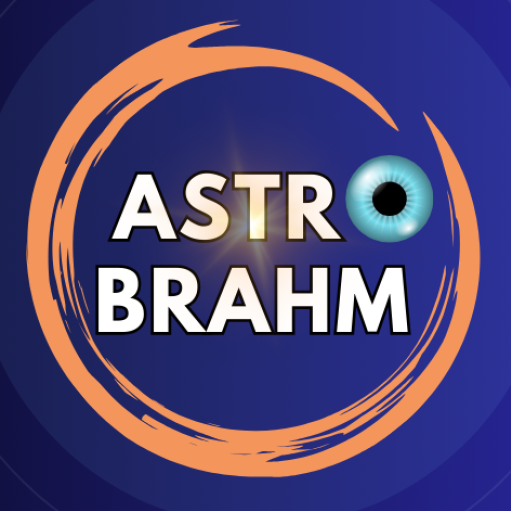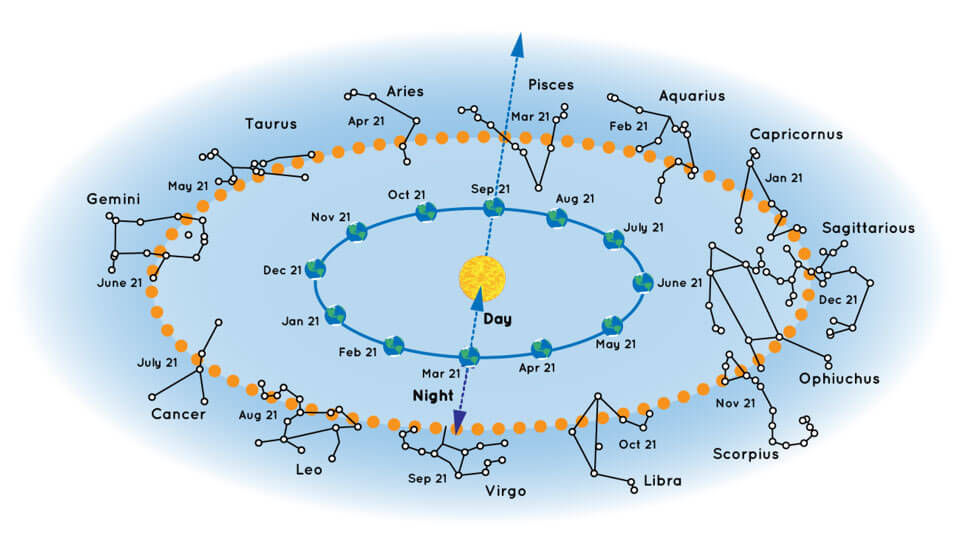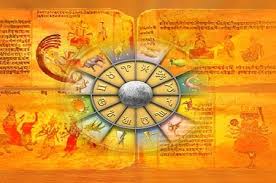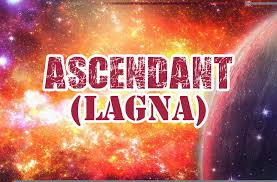In Vedic Jyotish, Nakshatras are the 27 lunar mansions or constellations that divide the zodiac into equal parts. Each Nakshatra spans 13 degrees and 20 minutes, and they are pivotal in understanding the Moon’s influence on an individual’s personality, emotions, and destiny.
Definition of Nakshatra
A Nakshatra represents a specific segment of the zodiac, marked by unique qualities, deities, and ruling planets. It is used to analyze the Moon’s position at the time of birth, which plays a significant role in shaping an individual’s mental and emotional traits.
Derived Degrees of Nakshatras
The zodiac is divided into 360 degrees, and each Nakshatra occupies:
- 13°20′ (13 degrees and 20 minutes).
- The sequence begins with Ashwini at 0° Aries and ends with Revati at 30° Pisces.
Pada Calculations
Each Nakshatra is further divided into 4 Padas (quarters), each spanning:
- 3°20′ (3 degrees and 20 minutes).
- These Padas correspond to specific Navamsa (one-ninth divisions of a sign), adding depth to the analysis.
Example of Pada Division:
- Ashwini Nakshatra (0° – 13°20′ Aries):
- Pada 1: 0° – 3°20′ Aries (Navamsa of Aries).
- Pada 2: 3°20′ – 6°40′ Aries (Navamsa of Taurus).
- Pada 3: 6°40′ – 10° Aries (Navamsa of Gemini).
- Pada 4: 10° – 13°20′ Aries (Navamsa of Cancer).
Importance of Nakshatra and Pada
- Nakshatra Traits: Each Nakshatra has unique qualities influenced by its deity and ruling planet.
- Pada Specificity: The Pada adds finer details to predictions, modifying the general traits of the Nakshatra.
Here is a detailed table introducing the 27 Nakshatras in Vedic Jyotish, along with their deities, degrees, and Nakshatra Swami (ruling planets):
| Nakshatra | Deity | Degrees | Nakshatra Swami (Ruling Planet) |
|---|---|---|---|
| Ashwini | Ashwini Kumars (Physicians to the Gods) | 0° – 13°20′ Mesha (Aries) | Ketu |
| Bharani | Yama (God of Death) | 13°20′ – 26°40′ Mesha (Aries) | Venus (Shukra) |
| Krittika | Agni (God of Fire) | 26°40′ Mesha – 10° Vrishabha (Taurus) | Sun (Surya) |
| Rohini | Brahma (Creator) | 10° – 23°20′ Vrishabha (Taurus) | Moon (Chandra) |
| Mrigashira | Soma (Moon God) | 23°20′ Vrishabha – 6°40′ Mithuna (Gemini) | Mars (Mangal) |
| Ardra | Rudra (Storm God) | 6°40′ – 20° Mithuna (Gemini) | Rahu |
| Punarvasu | Aditi (Mother of Gods) | 20° Mithuna – 3°20′ Karka (Cancer) | Jupiter (Guru) |
| Pushya | Brihaspati (Priest of Gods) | 3°20′ – 16°40′ Karka (Cancer) | Saturn (Shani) |
| Ashlesha | Nagas (Serpent Deities) | 16°40′ – 30° Karka (Cancer) | Mercury (Budha) |
| Magha | Pitrs (Ancestors) | 0° – 13°20′ Simha (Leo) | Ketu |
| Purva Phalguni | Aryaman (God of Contracts) | 13°20′ – 26°40′ Simha (Leo) | Venus (Shukra) |
| Uttara Phalguni | Bhaga (God of Wealth) | 26°40′ Simha – 10° Kanya (Virgo) | Sun (Surya) |
| Hasta | Savitar (Sun God) | 10° – 23°20′ Kanya (Virgo) | Moon (Chandra) |
| Chitra | Vishwakarma (Celestial Architect) | 23°20′ Kanya – 6°40′ Tula (Libra) | Mars (Mangal) |
| Swati | Vayu (Wind God) | 6°40′ – 20° Tula (Libra) | Rahu |
| Vishakha | Indra and Agni (King of Gods and Fire God) | 20° Tula – 3°20′ Vrischika (Scorpio) | Jupiter (Guru) |
| Anuradha | Mitra (God of Friendship) | 3°20′ – 16°40′ Vrischika (Scorpio) | Saturn (Shani) |
| Jyeshta | Indra (King of Gods) | 16°40′ – 30° Vrischika (Scorpio) | Mercury (Budha) |
| Moola | Nirriti (Goddess of Destruction) | 0° – 13°20′ Dhanu (Sagittarius) | Ketu |
| Purva Ashadha | Apah (Water Deity) | 13°20′ – 26°40′ Dhanu (Sagittarius) | Venus (Shukra) |
| Uttara Ashadha | Vishwedevas (Universal Gods) | 26°40′ Dhanu – 10° Makara (Capricorn) | Sun (Surya) |
| Shravana | Vishnu (Preserver) | 10° – 23°20′ Makara (Capricorn) | Moon (Chandra) |
| Dhanishta | Eight Vasus (Elemental Gods) | 23°20′ Makara – 6°40′ Kumbha (Aquarius) | Mars (Mangal) |
| Shatabhisha | Varuna (God of Cosmic Waters) | 6°40′ – 20° Kumbha (Aquarius) | Rahu |
| Purva Bhadrapada | Ajaikapada (One-Footed Deity) | 20° Kumbha – 3°20′ Meena (Pisces) | Jupiter (Guru) |
| Uttara Bhadrapada | Ahirbudhnya (Serpent of the Depths) | 3°20′ – 16°40′ Meena (Pisces) | Saturn (Shani) |
| Revati | Pushan (Nourisher) | 16°40′ – 30° Meena (Pisces) | Mercury (Budha) |
This table provides a comprehensive overview of the Nakshatras, their associated deities, degrees, and ruling planets.




